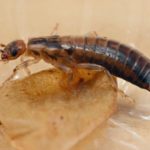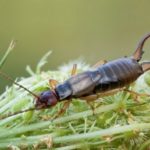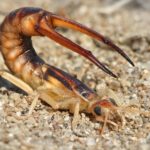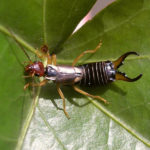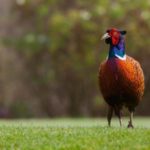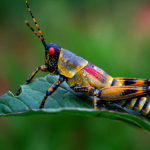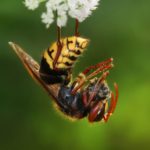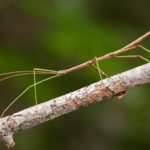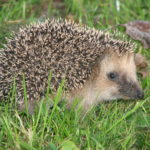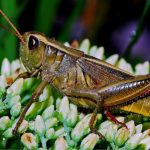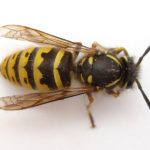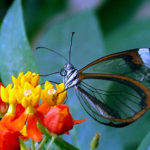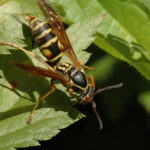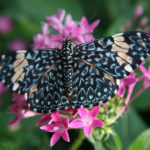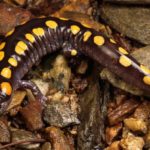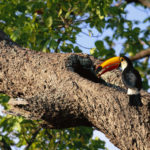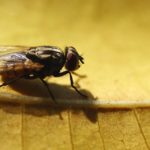Earwigs
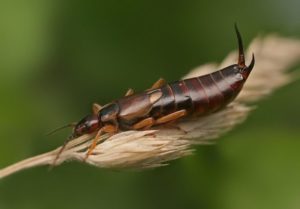 Earwigs are long, narrow and flat insects belonging to the detachment Dermaptera. The adult can grow up to 4 cm in length. It has six paws, antennae, wings and forceps. The modern fauna counts about 1300 species of earwigs. Predatory representatives of the Forficula family are distinguished by a bright coating, the rest have a dark brown color.
Earwigs are long, narrow and flat insects belonging to the detachment Dermaptera. The adult can grow up to 4 cm in length. It has six paws, antennae, wings and forceps. The modern fauna counts about 1300 species of earwigs. Predatory representatives of the Forficula family are distinguished by a bright coating, the rest have a dark brown color.
Some types of earwigs are poisonous, but sting only in case of self-defense. At one time, females lay up to 50 eggs. Insects are common in Western Asia, Europe and in some regions of North Africa.
The body of the earwig is oblong. Heart-shaped head with forward-directed oral apparatus, separated from the trunk by thyroid pronotum. Antennae consist of several dozen segments. Eyes are very small. Anterior skin of the elytra short and devoid of venation. Rear – wide, fan-shaped, with radially arranged veins.
Wings are usually stacked like a fan along longitudinal veins and twice across. They hide under the elytra. The ordinary earwig can fly, but it does this extremely rarely and with great reluctance. The insect is distinguished by the presence of a pair of forceps (forceps), which holds the prey or is protected. In males, the mites are larger and on the inner side are provided with denticles. In females, they are smooth and almost straight.
In search of food, insects can enter the house, using cracks and crevices. Usually live in damp, wet places: bathrooms, toilets, cellars. They are very difficult to detect during the day, as the insect leaves only at night. The earwig feels very well in the wet or wet soil of the swampy terrain, in the gardens in hollows of trees or under the bark.
During the daylight hours, they often hide under rocks, fallen trees and other dark and damp places, where they can gather in large groups. The earwig is omnivorous. It feeds on plants (mosses, lichens, algae), organic remains of animals, insects.
